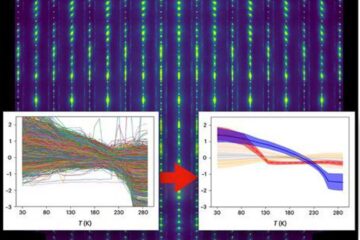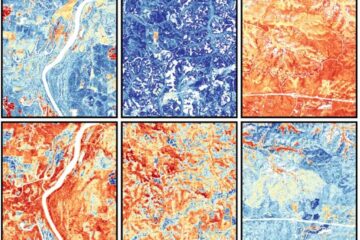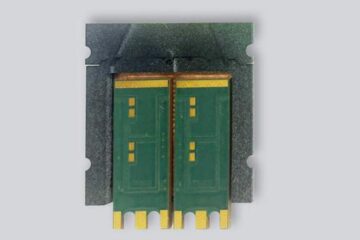Faster and better emergency response through satellite telecoms

Extreme natural phenomena like tsunamis, earthquakes and hurricanes have featured prominently in the news. So, too, has the rapid spread of new diseases such as SARS and avian flu. By identifying and mapping occurrences of these problems sooner, agencies can relieve suffering more quickly and contain a situation more efficiently. That is why ESA is supporting the Health Early Warning System (HEWS), which will improve the performance of emergency service end-users.
HEWS offers these users a wider, real-time perspective of events and how to manage them. It integrates knowledge of a particular threat or disease and brings it to remote areas, even if they are in an extreme state of disorder. It helps with logistical support and reduces the need to carry large amounts of heavy equipment to trouble spots.
A pan-European solution
HEWS works by setting up a communication network via satellite to survey and monitor risk indicators. It allows communication between teams in the field and with command centres. Data from many locations can be collected, stored and processed. It can then be quickly analysed and distributed to the users who need it the most. HEWS is an open platform, built using a modular approach, so the widest variety of users can implement it.
What will make HEWS critical to disaster relief agencies is that it is satellite based. Disasters may disrupt or even destroy local infrastructure – but satellites are immune to their effects.
Two scenarios
The system will be tested in two different exercise scenarios, one African and one European. In the first, a suspected case of an infectious disease is reported. Field teams will be deployed by the local Ministry of Health, international organisations and NGOs. The scenario will require them to assess the current situation and deploy a mobile laboratory. Based on field reports, a practice emergency will be declared. HEWS will provide real-time reporting from the various locations and provide insight into how the epidemic is developing. A response will then be organised and feedback provided to mobile teams on road access, water, food, drugs, and medical disposables.
The second scenario simulates a terrorist attack in the centre of a European capital. The resulting confusion leads to traffic jams and saturation of the mobile telephone network. The work of the many civil protection and health operators, who are all entering the scene at the same time, is hindered by a lack of coordination and field information, particularly on decontamination measures and treatment protocols. HEWS will give civil protection authorities the ability to supply this information and coordinate the field teams correctly.
HEWS is the work of a consortium of three companies, Instituto Nacional de Saúde and Tekever S.A., both from Portugal, and Ridgeback s.a.s. from Italy. The project is co-financed by ESA as part of the Health and Telemedicine via Satellite Programme.
Media Contact
More Information:
http://www.esa.int/esaTE/SEMZ00V681F_index_0.htmlAll latest news from the category: Information Technology
Here you can find a summary of innovations in the fields of information and data processing and up-to-date developments on IT equipment and hardware.
This area covers topics such as IT services, IT architectures, IT management and telecommunications.
Newest articles

Machine learning algorithm reveals long-theorized glass phase in crystal
Scientists have found evidence of an elusive, glassy phase of matter that emerges when a crystal’s perfect internal pattern is disrupted. X-ray technology and machine learning converge to shed light…

Mapping plant functional diversity from space
HKU ecologists revolutionize ecosystem monitoring with novel field-satellite integration. An international team of researchers, led by Professor Jin WU from the School of Biological Sciences at The University of Hong…

Inverters with constant full load capability
…enable an increase in the performance of electric drives. Overheating components significantly limit the performance of drivetrains in electric vehicles. Inverters in particular are subject to a high thermal load,…





















